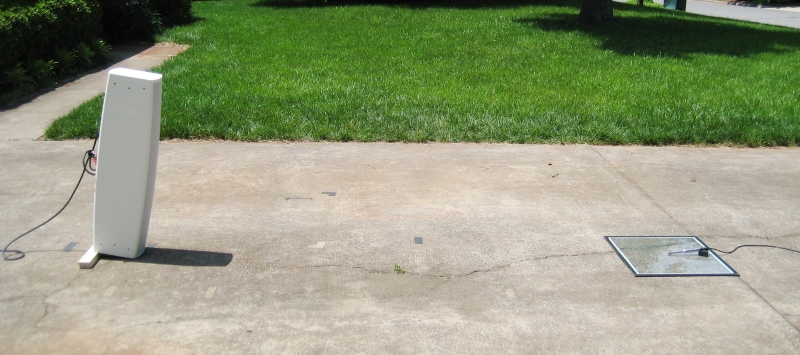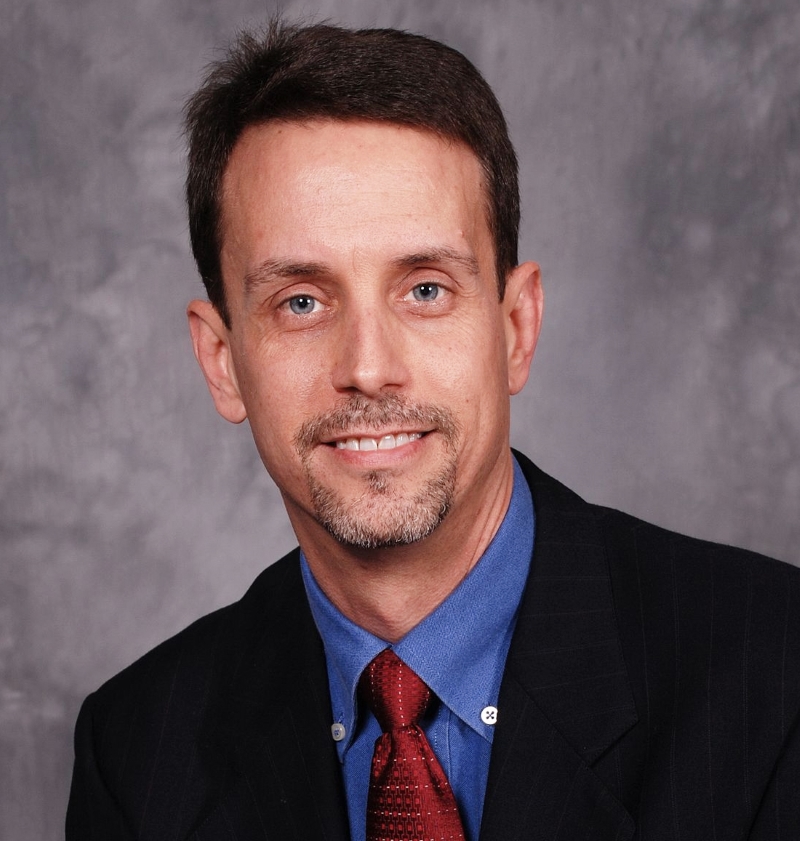Excelsior Audio was founded in late 2004 by audio engineer/inventor Charlie Hughes as an audio and acoustical consulting, design, and measurement business.
Located just outside of Charlotte, NC, the company’s primarily focused on the design and development of loudspeaker systems for various manufacturers, including enclosure design, horn design, drive unit specification, passive crossover design, and DSP-based filter and processing parameter specification.
Of course, this type of electro-acoustics work requires the ability to perform accurate measurements of loudspeakers and electronics, and in the early days, most of Excelsior Audio’s measurements were performed outdoors (Figure 1).

By using a ground-plane measurement technique, it’s possible to obtain good data up to a reasonable high-frequency limit. The surface used for the ground plane must be sufficiently reflective up to the highest frequency of interest. A rough, concrete driveway can work well at low and mid-bass frequencies. However, it can be fairly absorptive at upper midrange and high frequencies.
The use of another material, such as tempered glass placed on top of the concrete, can provide the required high-frequency reflectivity. It can extend the measurement accuracy up to or beyond the frequency limit of the comb filtering caused by the center of the microphone diaphragm being slightly above the ground plane.
Also note that the size of the glass plate, or other material used for high-frequency reflection, must have a relatively large surface area. This high-frequency reflector must be several wavelengths in size for the upper midrange frequencies at which the concrete begins to be less reflective.
“Performing loudspeaker measurements using these techniques can work very well for design and development purposes, given that their limitations are known and understood,” Hughes notes. “However, this type of measurement data may not always be suitable for publication or use in creating loudspeaker modeling files (e.g., GLL or CLF files) for acoustical modeling programs such as [AFMG] EASE or CATT-Acoustic. It often depends on other factors involved with the measurement setup and data acquisition.”
Data Matters
Excelsior Audio has been involved in working with and creating GLL (generic loudspeaker library) files since the file format was publicly introduced in 2007. The files created using the data acquired with the measurement setup described here could only be used in-house for design and development activities.
In order to produce GLL files for clients’ products, they worked with a couple of other labs in the U.S. that would perform the measurements and supply Excelsior Audio with the data, which was then used to create the GLL files.
This collaborative effort worked quite well, particularly with Pat Brown of ETC [and SynAudCon]. “In fact, it was with the encouragement and technical assistance from Pat that we began planning and eventually opened our measurement facility,” Hughes adds.
One of the primary requirements for creating the loudspeaker modeling files is the ability to perform accurate directivity measurements. Basic horizontal and vertical polars are not enough. Full spherical directivity balloon measurements are required.
Often, 5-degree angular resolution is sufficient. However, some loudspeakers require 2-degree or finer resolution to accurately capture their directivity response. For many applications this data must be complex (both magnitude and phase), which presents some challenges for getting accurate data.















